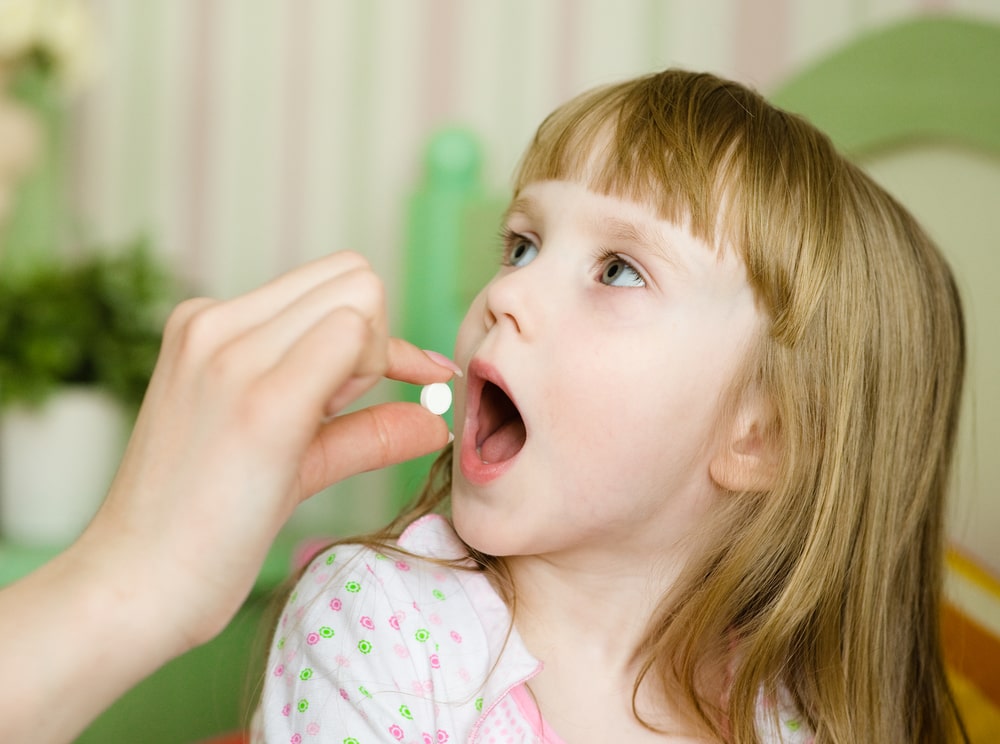The Center for Disease Control and Prevention (CDC) describe mental disorders among young people as “serious changes in the way children typically learn, behave, or handle their emotions, causing distress and problems getting through the day.” Medications may be used as a component of treatment for certain adolescent mental health conditions including depression, psychosis, attention-deficit hyperactivity disorder (ADHD), mood disorders, and more. Psychiatrist Andres S. Martin, MD, MPH, affiliated with the Yale Medicine Child Study Center, explains that “drugs can be helpful as part of a comprehensive treatment plan that also includes psychotherapy, family therapy, and, if needed, school and community interventions focused on providing necessary supports.” More so, it is becoming increasingly common for children with emotional or behavioral problems to be treated with more than one medication, which is a practice called polypharmacy.
Things To Remember:
There are several reasons why a psychiatrist or pediatrician might prescribe more than one medication for a child’s emotional or behavioral issues. Prior to beginning a medication, it is important for the prescribing physician to address the following important discussion points with a child’s primary caregivers:
- Results of the assessment (your child’s diagnosis)
- Target symptoms
- Risks of the illness if untreated
- Potential benefits of the medications prescribed
- Known risks, side effects, and/ or U.S. Food and Drug Administration (FDA) warnings
- Whether one or more of the medications is being prescribed on-label or off-label (meaning the medication has been approved for children and adolescents for a condition other than which it is being prescribed).
A child should never begin taking two or more medications at the same time. The Child Mind Institute provides the following five guidelines for adding a medication:
- Medications should be introduced one at a time, allowing for enough time between to monitor any side effects that occur, and to measure the effects of the first medication on one’s mood and behavior.
- When taking more than one medication, dosages should be changed one at a time. It would be impossible to evaluate the effect of each change if more than one is altered simultaneously.
- New medications should be added, and/ or dosage changes implemented when your child’s life and routine are as stable as possible.
- When you change or add medications, it is important to inform everyone on your child’s team (e.g., caregivers, teachers, etc.).
- When evaluating the effects of a medication be mindful of other changes in your child’s life that may be influencing his or her behaviors and emotions rather than immediately assuming that any change is a result of the medication.
Combining medications can be safe and effective when prescribed and closely monitored by a doctor who is very well informed about the medications and has extensive experience treating children with them.
For Information and Support
Every family in need of mental health treatment must select a program that will best suit the needs of their family. When one member of a family struggles, it impacts everyone in the family unit. To maximize the benefits of treatment we work closely with the entire family to ensure that everyone is receiving the support they need through these difficult times. Seeking help is never easy, but you are not alone! If you or someone you know needs mental health treatment, we strongly encourage you to reach out for help as quickly as possible. It is not uncommon for many mental health difficulties to impact a person’s life, long term. Pursuing support at the beginning of one’s journey can put the individual in the best position to learn how to manage themselves in a healthy way so they can go on to live happy and fulfilling lives.
OUR KNOWLEDGEABLE ADMISSIONS TEAM CAN BE REACHED 24/7 AT INFO@PACIFICRTC.COM OR CALL: 800-531-5769






